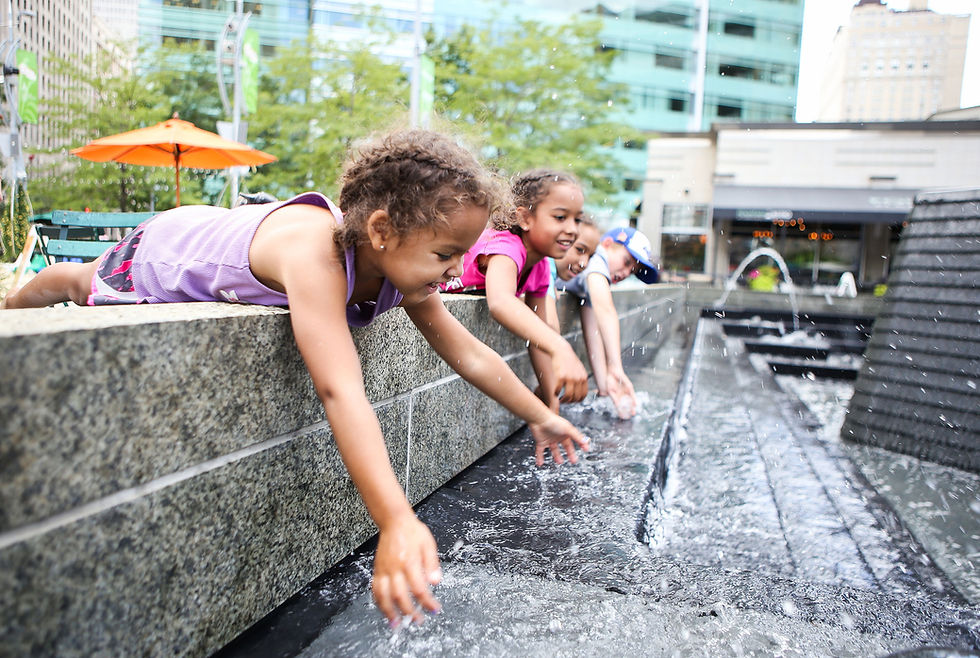If you’re a parent/caregiver, chances are you’ve witnessed a tantrum or two in your day. We’ve collectively come to expect them in two-year-olds. But once your child reaches school age and meltdowns and outbursts are still frequent, it may be a sign that he or she has difficulty with emotional self-regulation.
Simply put, in the realm of emotional maturity, self-regulation is the difference between a two-year-old and a five-year-old within; as the older child is developmentally expected to control his emotions to a certain extent both internally and externally. Helping kids who haven’t developed self-regulation skills at the typical age is the goal of some forms of therapy. Many children (even if they’re beyond tantrums or without a diagnosis) continue to struggle with impulsive and challenging behavior.
THRIVE PROVIDES TOOLS FOR SELF-REGULATION
THRIVE leverages technology to aid in the development of self-regulating behaviors and strategies for children with autism and other social-emotional challenges. The THRIVE app will allow users to view a toolbox of self-regulation strategies right on their wrist via their Apple Watch. Parents and caregivers will have the option to upload self-regulation strategies with photos through the THRIVE app’s website for the THRIVE user to practice throughout the day.
UNDERSTANDING SELF-REGULATION
In the remainder of this piece, Mary Hart MacLeod, Pediatric Occupational Therapist, breaks down the topic of self-regulation as both a concept and a tool and provides some strategies on ways we can help our loved ones strengthen their self-regulation skills. The original piece can be found here.
What is self-regulation? Put simply, self-regulation is one’s ability to manage their own behavior, emotions and body movements so that they align with the demands of a given situation. This includes calming oneself when upset, resisting highly emotional reactions to upsetting stimuli, adjusting to changes in expectation and managing frustration. As you can imagine, self-regulation is a HUGE area of child development! In the end, it allows children to grow such that they can direct their behavior towards a goal, even when faced with the unpredictable nature of the world around them or the feelings within them - a pretty important skill!
When does self-regulation develop? The development of self-regulation begins in infancy. An example of very early-on self-regulation would be when a baby uses a pacifier to soothe. Gains in self-regulation are seen to increase rapidly between the ages of three and seven. You may see a preschooler learning to whisper during a movie or a school-age child disagreeing with another child without arguing. Do keep in mind that self-regulation is integral throughout our entire life, bolstering or dampening how we are received outwardly and how we experience individually; it is a skill that continues to be refined throughout the lifespan!
How does self-regulation develop? Self-regulation involves multiple components. These components, such as emotional regulation and inhibitory control, initially develop separately then eventually become integrated. As each component becomes more and more coordinated with the other, gains in self-regulation come about.
What affects the development of self-regulation? Children develop self-regulation through warm, supportive relationships and watching adults around them. The development of self-regulation is also affected by biological factors. Research has found that boys tend to have lower levels of self-regulation, but this gender difference is not well understood. Also, early expressive language skills are associated with higher levels of self-regulation. Moreover, temperament also plays a factor - children who typically feel things strongly and intensely may oftentimes find it harder to self-regulate.
How can we support development of self-regulation? Start as simple as providing support when your child needs it. No, don’t hover or help too much, but provide a supportive framework and environment through which they can develop self-regulation. Talk openly about feelings. Label emotions. Describe responses…and do so in a non-judgmental way. Also, be consistent! It may be tempting to avoid situations; instead approach them in a prepared way so that your child can practice the self-regulation skills they’ve been learning along the way. Most importantly, model self-regulation for them!





Σχόλια